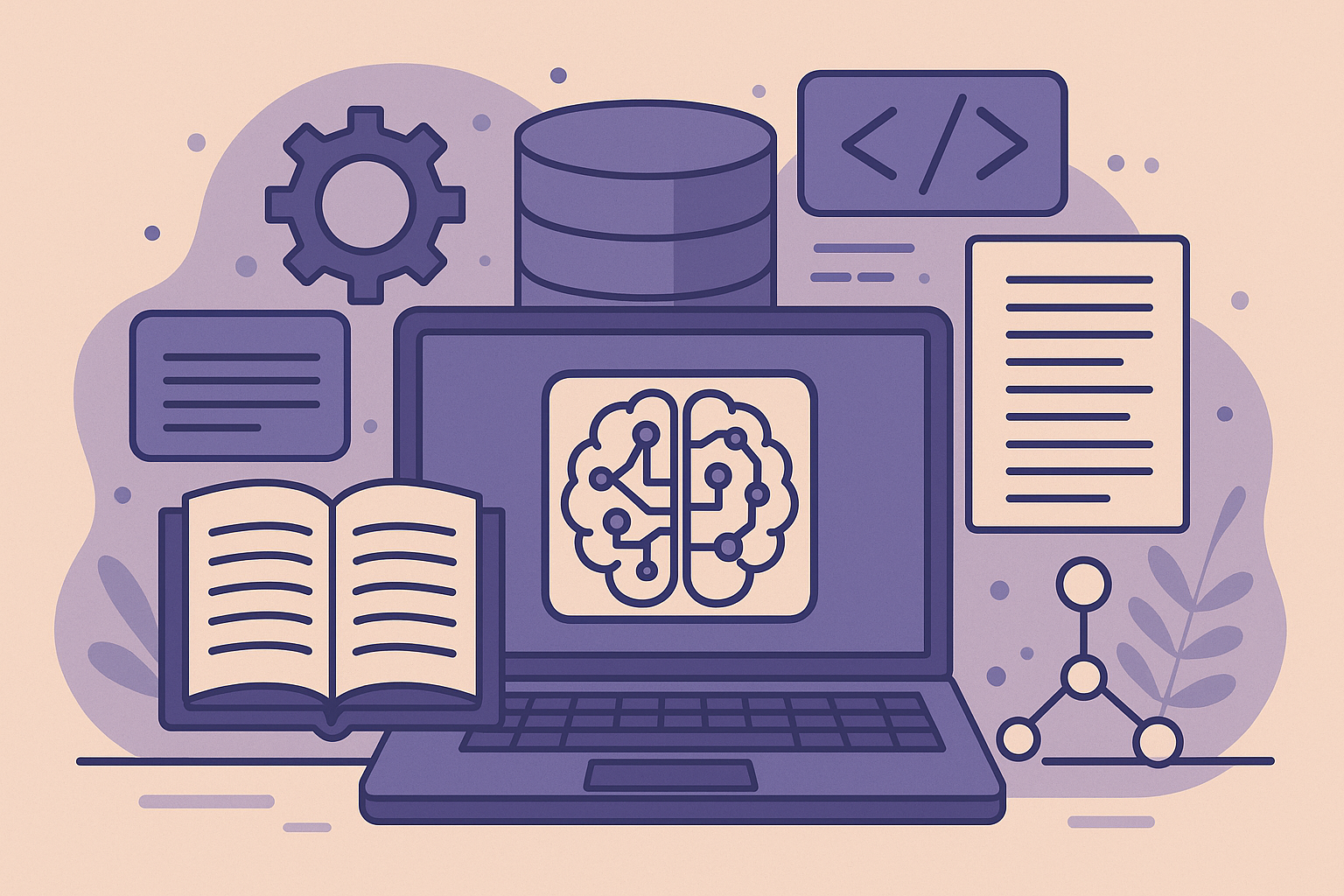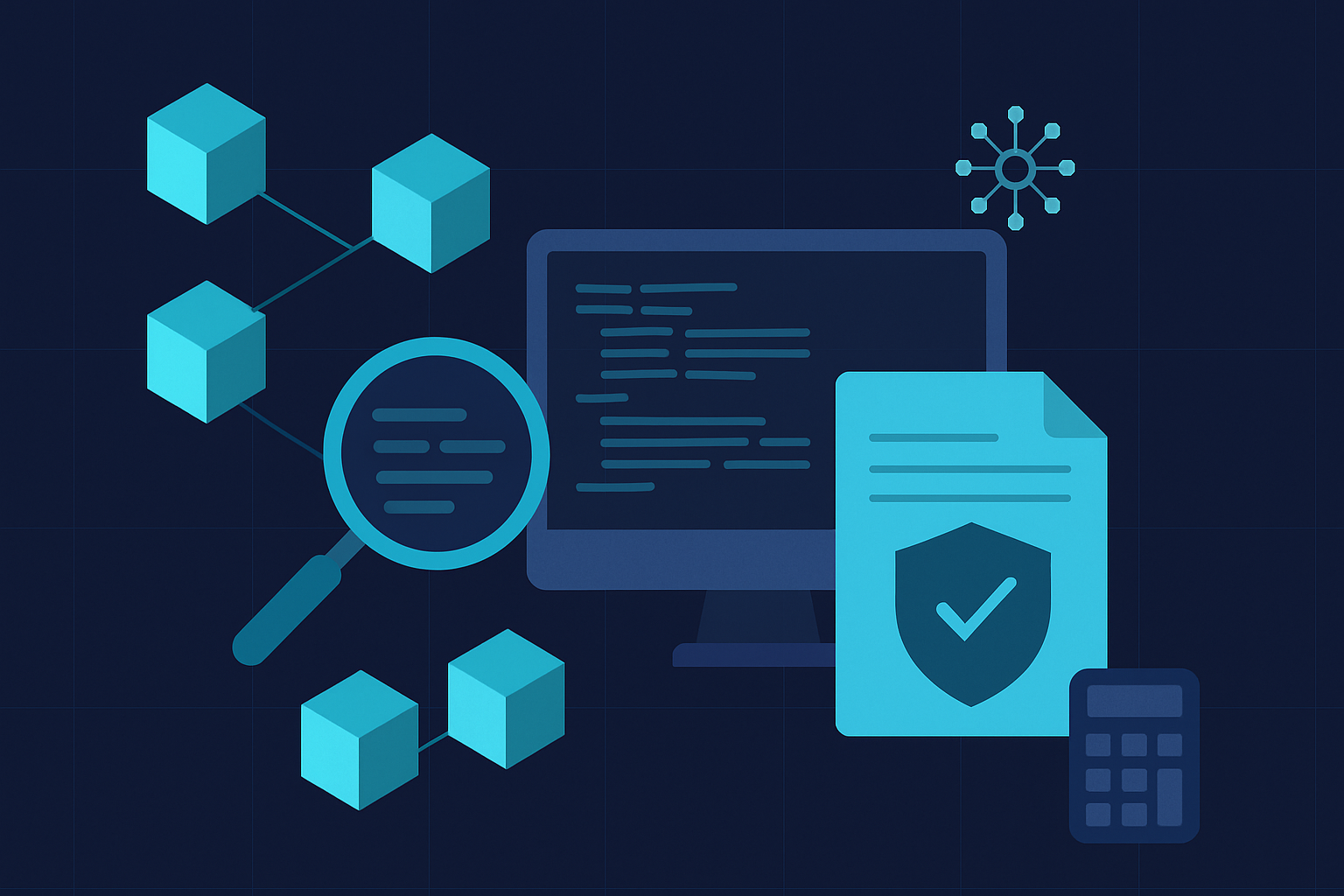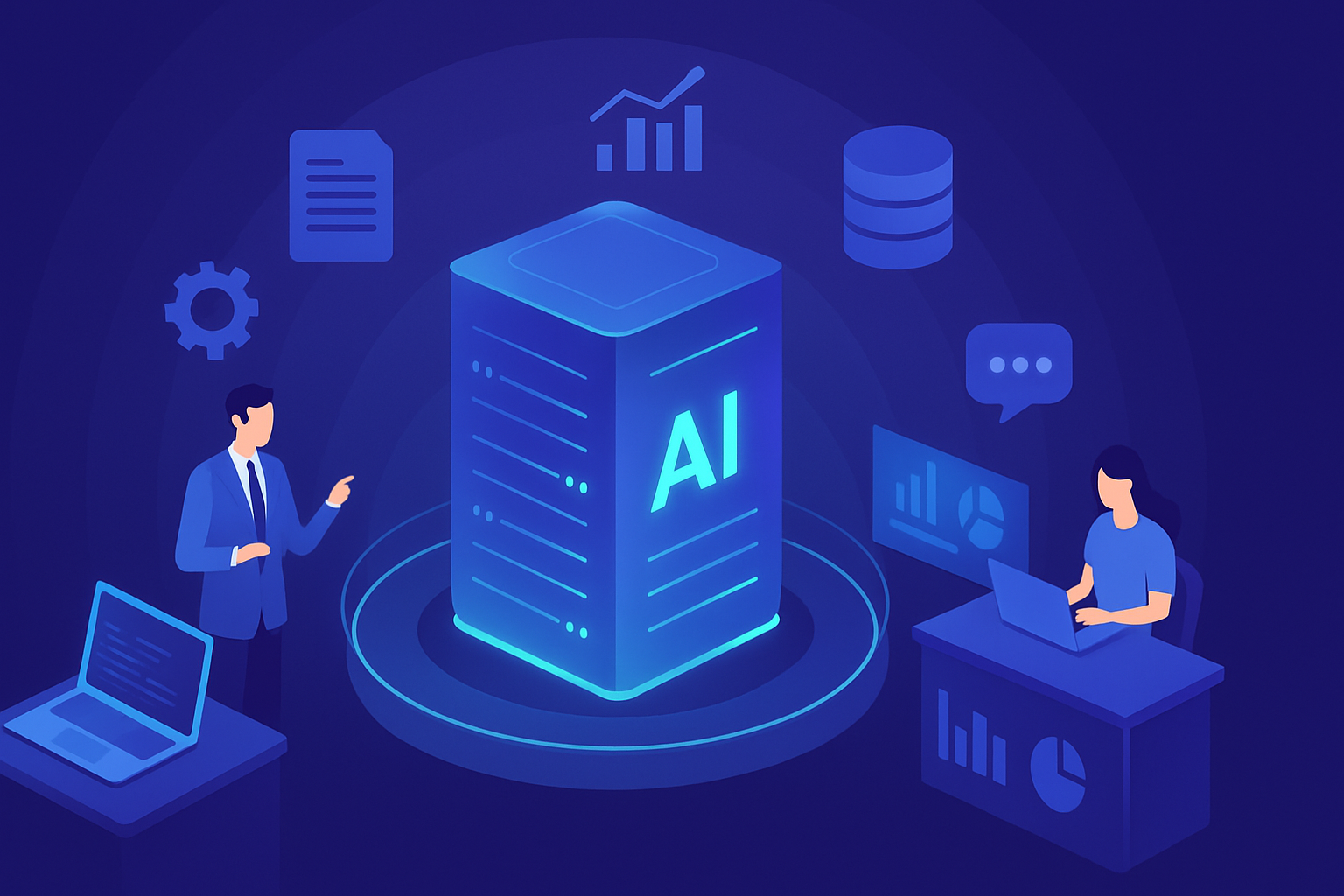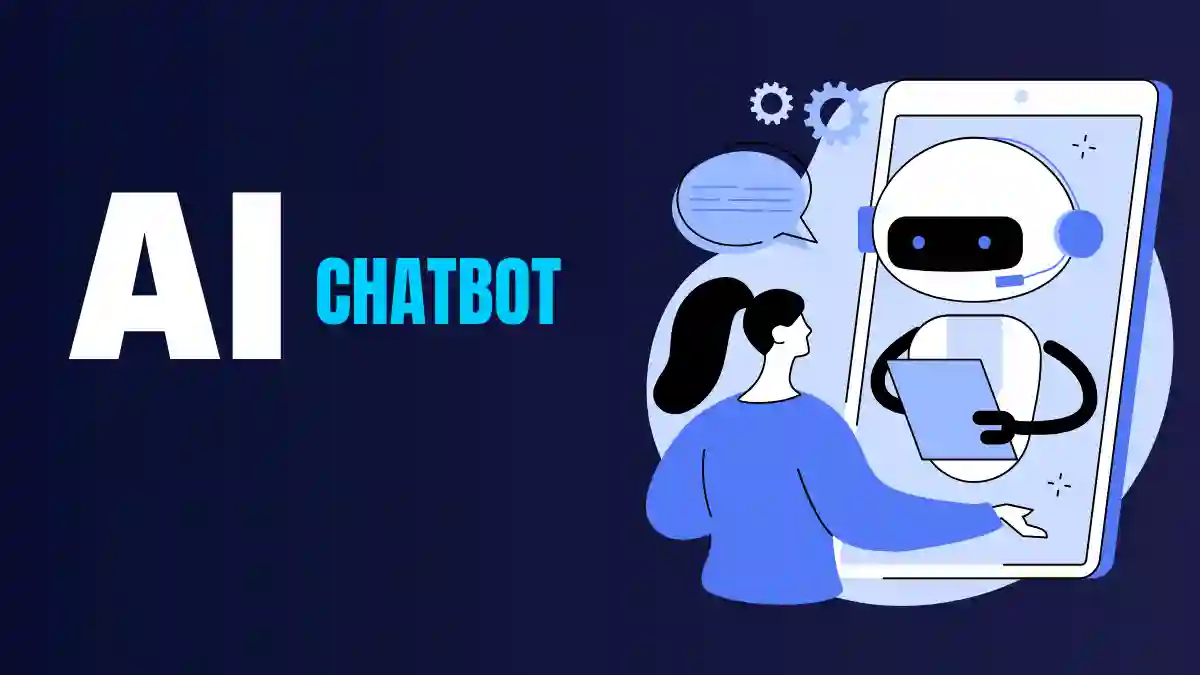Key Steps in LLM Development: A Comprehensive Walkthrough for Developers

Strong 8k brings an ultra-HD IPTV experience to your living room and your pocket.
Large Language Models (LLMs) have become the backbone of many transformative AI applications, from chatbots and virtual assistants to content generation and code completion. Developing an effective LLM is a complex but rewarding endeavor that requires careful planning, the right infrastructure, and domain expertise. For developers aiming to create or fine-tune large language models, understanding the core development steps is critical to building high-quality, efficient, and scalable AI solutions.
This comprehensive walkthrough explores the essential phases involved in LLM development, providing developers with a clear roadmap from data preparation to deployment.
Understanding the Foundations of LLM Development
Before diving into the technical steps, it is important to grasp what a large language model fundamentally is. LLMs are deep learning models designed to understand, generate, and manipulate natural language by learning from massive datasets. They rely on architectures like Transformers, which use mechanisms such as attention to process sequences of text more effectively than traditional recurrent models.
Developers need a strong grasp of machine learning fundamentals, especially neural networks and natural language processing (NLP) concepts, before embarking on LLM development. Familiarity with frameworks like TensorFlow, PyTorch, and Hugging Face’s Transformers library also proves invaluable throughout the process.
Step 1: Defining the Objective and Scope
The first crucial step in any LLM development project is to clearly define the objective. This involves understanding the specific use case and the problem the model is intended to solve. Whether it’s a chatbot that requires conversational skills, a summarization tool, or an AI-powered coding assistant, the purpose dictates the dataset requirements, model size, architecture, and evaluation metrics.
Additionally, developers must define the scope of the project, including budget constraints, expected deployment environment (cloud or edge), and latency requirements. This early definition helps in selecting an appropriate model size—ranging from smaller distilled models to very large, resource-intensive ones.
Step 2: Data Collection and Curation
High-quality data is the cornerstone of successful LLM development. The model’s ability to understand and generate language depends largely on the diversity, volume, and relevance of the training data. For general-purpose LLMs, vast corpora encompassing books, websites, news articles, and scientific papers are used. For domain-specific models, targeted datasets relevant to the industry or application are preferable.
Data curation involves cleaning, preprocessing, and sometimes annotating the dataset. Removing duplicates, correcting errors, and filtering inappropriate or irrelevant content improve training efficiency and final model performance. Tokenization, the process of converting raw text into manageable units (tokens), is also applied at this stage.
Step 3: Choosing the Model Architecture
Most modern LLMs are based on Transformer architecture, which excels at handling sequential data and capturing context across long text passages. Developers often start with existing architectures like GPT (Generative Pre-trained Transformer), BERT (Bidirectional Encoder Representations from Transformers), or their derivatives.
Selecting the right architecture depends on the task. For example, GPT models are optimized for text generation tasks, while BERT excels in understanding and classification. Developers can choose to train a model from scratch, fine-tune a pretrained one, or employ a hybrid approach.
Step 4: Setting Up the Training Environment
Training an LLM requires substantial computational resources, including GPUs or TPUs, high memory, and fast storage systems. Developers must set up a robust training environment either on local clusters or cloud platforms such as AWS, Google Cloud, or Azure.
Configuring the environment includes installing deep learning frameworks, setting up distributed training for large models, and ensuring proper version control of code and datasets. Efficient data pipelines that feed training data without bottlenecks are also necessary to maximize hardware utilization.
Step 5: Model Training and Optimization
The core of LLM development lies in the training phase. The model learns to predict the next word or fill in blanks in sentences by processing billions of tokens through numerous training iterations. Developers must carefully select hyperparameters such as learning rate, batch size, and sequence length to balance training speed and model accuracy.
Optimization techniques like gradient clipping, learning rate scheduling, and mixed precision training help improve convergence and reduce resource consumption. Monitoring training progress with validation datasets is critical to avoid overfitting and underfitting.
Step 6: Fine-Tuning for Specific Tasks
Once a base model is trained or selected, fine-tuning customizes it for a particular application. Fine-tuning involves further training on smaller, domain-specific datasets to enhance the model’s performance on targeted tasks, such as medical diagnosis text or legal contract analysis.
Fine-tuning significantly improves the model’s relevance and reduces hallucinations, where the model generates plausible but incorrect information. Developers must evaluate fine-tuned models rigorously using task-specific benchmarks to ensure quality.
Step 7: Evaluating Model Performance
Evaluating an LLM involves a mix of quantitative and qualitative methods. Standard metrics such as perplexity measure how well the model predicts text sequences, while BLEU, ROUGE, or accuracy scores assess performance on specific NLP tasks.
Qualitative evaluation includes human reviews for coherence, relevance, and safety. Testing the model’s behavior across edge cases and diverse inputs is essential to identify biases and errors. Continuous evaluation helps guide further improvements and build user trust.
Step 8: Deployment and Integration
Deploying an LLM involves making the model accessible for real-time or batch inference. Developers must decide whether to deploy the model on-premises, in the cloud, or at the edge based on latency, privacy, and cost considerations.
Model size and complexity impact deployment strategies. Techniques such as model quantization, pruning, and knowledge distillation can reduce the model’s footprint without sacrificing much accuracy, enabling deployment on resource-constrained devices.
Integrating the model with existing applications or APIs requires robust infrastructure for scaling, monitoring, and updating the model. Developers often use containerization and orchestration tools like Docker and Kubernetes for reliable deployment.
Step 9: Monitoring, Maintenance, and Updates
LLM development does not end at deployment. Continuous monitoring ensures the model performs reliably and safely in production. Tracking metrics like response time, error rates, and user feedback highlights potential issues.
Maintaining the model involves periodic retraining or fine-tuning with fresh data to keep it up to date. Developers must also monitor for model drift and address emerging biases or vulnerabilities proactively.
Regular updates and transparent communication with end-users help maintain the model’s effectiveness and trustworthiness.
Conclusion
Developing a large language model is a multifaceted process that combines data science, engineering, and domain expertise. From defining clear objectives and preparing quality data to training sophisticated architectures and deploying optimized models, each step requires careful attention and skilled execution.
For developers, mastering these key steps unlocks the ability to create powerful AI systems that can understand and generate natural language, transforming how businesses and users interact with technology. As LLM research and tools evolve rapidly, staying informed and adaptable remains critical to success in this exciting field.
Note: IndiBlogHub features both user-submitted and editorial content. We do not verify third-party contributions. Read our Disclaimer and Privacy Policyfor details.







